A twelve-day online media education course by NISCORT, New Delhi

The course was 12 hours full of different topics in media education. Facilitator Dr. Magimai Pragasam, led all the participants despite our different temperaments, dispositions, gestures and differences, in their daily presentations. The class consisted of nine participants, including myself, the only international participant in the group.
We had, Sr. Arockia Mary, Vice Provincial of the Fatima Sisters, Sr. Lawrentia, Principal of St. Dominic High School, Chennai, Fr. Biju,the parish priest and filmmaker , Fr. Lobo, Director of the Diocesan Communication Commission, Mr. Sharmila, Provincial Coordinator of Social Work, Chennai Province of the Salesian Sisters, Mr. Antony Raj, Television Presenter and Filmmaker, Sr. Margaret, Teacher in a Salesian School in the Northeast, and Mr. Praveen, Project Coordinator of Aruwye, a Salesian Sisters social work organization.
I woke up at 3.30 in the morning every day!
I am a Nigerian, sister of the Congregation of the Sisters of St. Michael the Archangel and a teacher at the Catholic Institute of West Africa, Port Harcourt, Nigeria. However, with five and a half (5½) hours less than my scheduled time in India, I was able, with passion and curiosity, to get through two weeks of intensive media education teaching and learning. I showed interest in participating in the program despite the fact that my dissertation was on this unique and growing field of study and I have been teaching media literacy / education for 7 years. I am not disappointed in any way to satisfy my learning curiosity and accumulate more knowledge on the subject.
Most of the subjects taught in the course were not new to me, but they resonate very well with my own curriculum. This greatly appreciated Dr. Magi's efforts to drive the entire course home in two weeks despite the time given to recap the days before and allow for participation between conferences.
A great start!

On the first day, we recounted some of the problems children and youth face today, including but not limited to: inability to do or complete homework, sleep in class, talk to teachers and parents, poor academic achievement, lack of concentration, sleeping very late, dating boyfriends and many others. These, of course, set the template for why media education is vital in the lives of 21st century youth.
The history and key concepts!
On the second day , we look at the history of media education through different phases and names in various countries, such as media education, media literacy, media literacy education, and media and information literacy. All the different names mean the same thing and promote the same agenda ... to empower students / youth to critically process media messages.
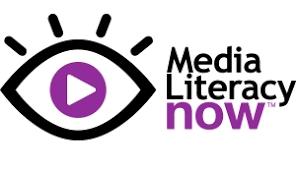
The focus for the third day was the eight key concepts of media education. The most striking are, 'all media are constructions, not reality, but only reflections of reality. The media have specific purposes, the media comes with preconstructed attitudes and interpretations, the public negotiates the meaning in the media, etc.
The essence of these concepts is to remember how media products are built and how meaning is negotiated by different audiences.
Internet and fake news!

On the fourth day , various teaching methodologies of media education for 21st century children were reviewed, such as multimedia presentations, digital production, interaction with digital devices and many others. These different methods raise the need to change ways of thinking so that children and young people are creative and innovative through critical thinking. It is also believed that through critical thinking, they will be able to develop problem solving skills and the ability to make decisive decisions to help themselves, their communities, and society at large.
The central objective of the fifth day was to emphasize the fact that digital media technology has increased the spread and use of fake news through yellow journalism, online journalism, and citizen journalism. Without a doubt, fake news has negatively impacted us as an individual, community, society and country. Therefore, we must be informed about the media in order to detect false news through critical thinking and inquiry.
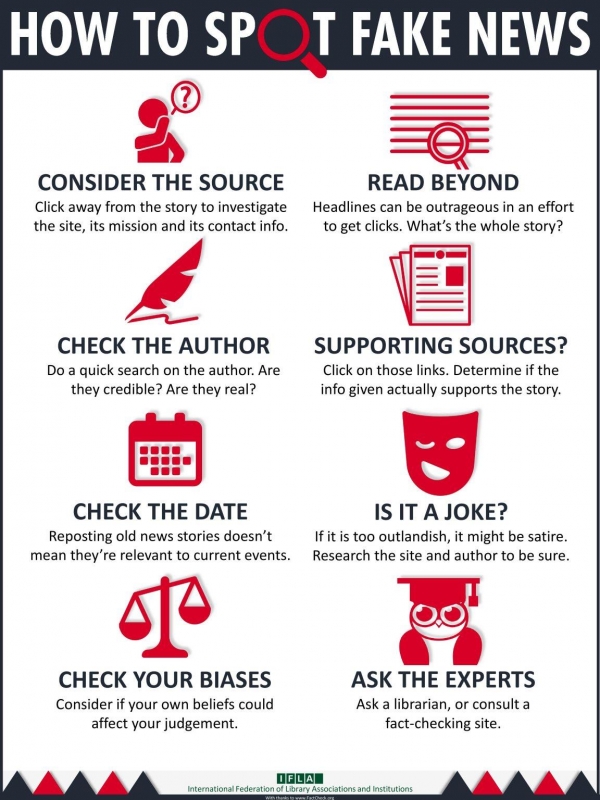
It is necessary to verify the accuracy, validity, relevance, purpose of the news and authority behind the message before accepting or sharing it
The sales formula!

Advertising was the topic covered on the sixth day . We saw how the consumer could easily get carried away by the effects, colors, shapes, space, size, rarity and novelty in the advertising of products. Advertising agents put all of this in their product advertising for the public to buy, convince them to do something, and change their attitudes towards a particular product. Therefore, the public must be aware of all these techniques to free themselves from manipulations, subjugations, and stereotypes.
Movies and TV can do more!
The seventh day was dedicated to cinema. The main objective of the film evaluation was to be able to identify the stereotypes of the hero and the villain, the different techniques used to present the content and the actions. The plot of a movie, for example, is constructed in such a way that the audience is easily attracted and captivated
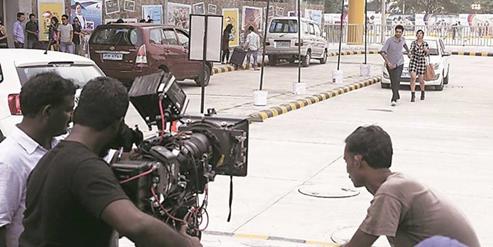
This is why media education teaches the skills of evaluation, analysis, synthesis, in order to deconstruct the media product that is consciously and carefully designed to exploit the audience and make money.
Based on the fact that most of the movies we see today both on television and in theaters are embedded with so much violence that, if not careful, children and young people can follow this part and ruin their future. Day eight focused on violence on television and in movies.
Therefore, media education demystifies this through step-by-step analysis of techniques used, such as gunshots, worldwide bombings, and loss of life. Through media education skills, children able to see that violence is artificially created for the screen and should not be emulated.
How do children grow?
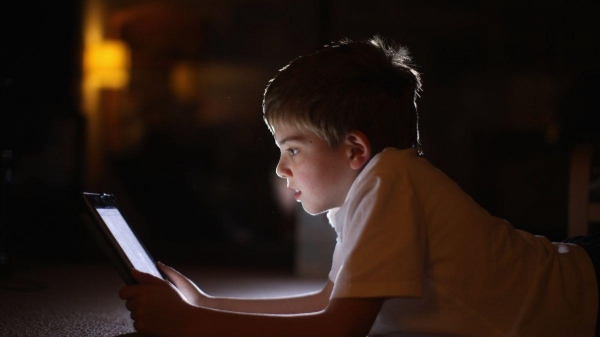
We look at the different stages of children's development from infancy through adolescence and adulthood on day nine . The influence of the media cannot be overemphasized particularly in the era of social media. To this end, the media and children as a crucial issue in media education were discussed in relation to what to do to solve problems. . Now it is very important that children verify and verify any message on social networks and publish only relevant information.
Since news writing also involves many techniques, skills, and subjectivity, media education also involves teaching children and youth this important area. Day ten was all about news writing. We look at 5 W and H, that is: what, when, where, who, why and how to write news reports and the importance of the inverted pyramid when writing the LEAD (S). Some other relevant areas we learned are news types, quality, angle, and structure of news writing. The implication of this is to make children and young people curious and ask obvious and non-obvious questions. They will also be able to explore different ways of writing their own news reports
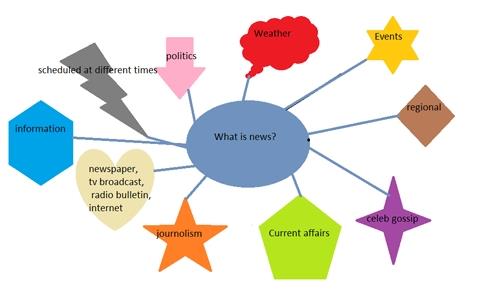
Human communication
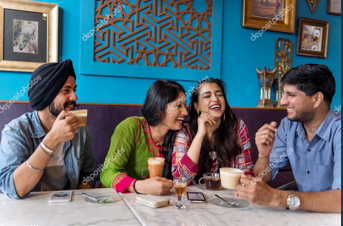
Known for its importance, the theme "human communication" was the focus of the Eleventh and Twelve days . Human communication as a process of exchanging information, ideas and opinions between the sender and receiver through a feedback channel was the subject of the last two days of the course. This theme emphasizes the aspect of human interactions and relationships versus virtual interactions and relationships. That is why among all types of communication, direct and two-way communication stands out as the healthiest. Therefore, media educators must always believe and teach that LIFE is about a relationship, RELATION is based on communication, COMMUNICATION maintains a good relationship and RAPPORT can only prosper with effective communication.
Educommunication, destiny!

The last moments were dedicated to Educommunication, which is a set of actions that a group of people intentionally develops to promote communicative, open, frank, democratic and participatory ecosystems. In a way, we can say that educommunication takes us beyond media education, because its objective is to promote the integral formation of a person's dialogical and critical sense. It focuses on the pedagogy of communication, communication education, the expression of art, citizen commitment, communication with ecology, etc. Its objective is to create citizens who are free, critical, assertive, inclusive, dialogical and participatory.
We ended the session with a single line definition of the term "Media Education": to critically analyze media products, understand message-building processes, and develop skills to become active participants in media activities. means instead of remaining as passive consumers
Nothing is impossible!
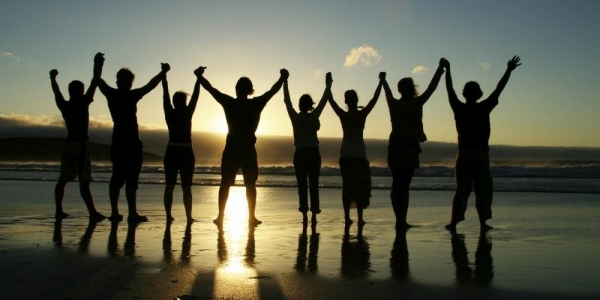
At the end of this course, the objective and objectives of the course were achieved through all relevant topics, methodology, and practical examples from the facilitator and participants. Once again, it was great to be a part of the show and I look forward to that opportunity in the near future.
Thanks to Dr. Magimai Pragasam, the facilitator for making the program lively and highly beneficial, and Father. Jose Murickan, the Director of NISCORT for organizing it professionally. Thanks to all the participants for making it interactive and fruitful.
Is incredible; We experience everything in the virtual world! Thanks to technology, through which nothing is impossible!
Now is the time for us to start our dialogue with the youth and children of our society






